When choosing construction materials, knowing your cement types is key to quality, cost, and compliance. In this guide, we break down the most common cement types used in the Middle East, Africa, and global export markets.
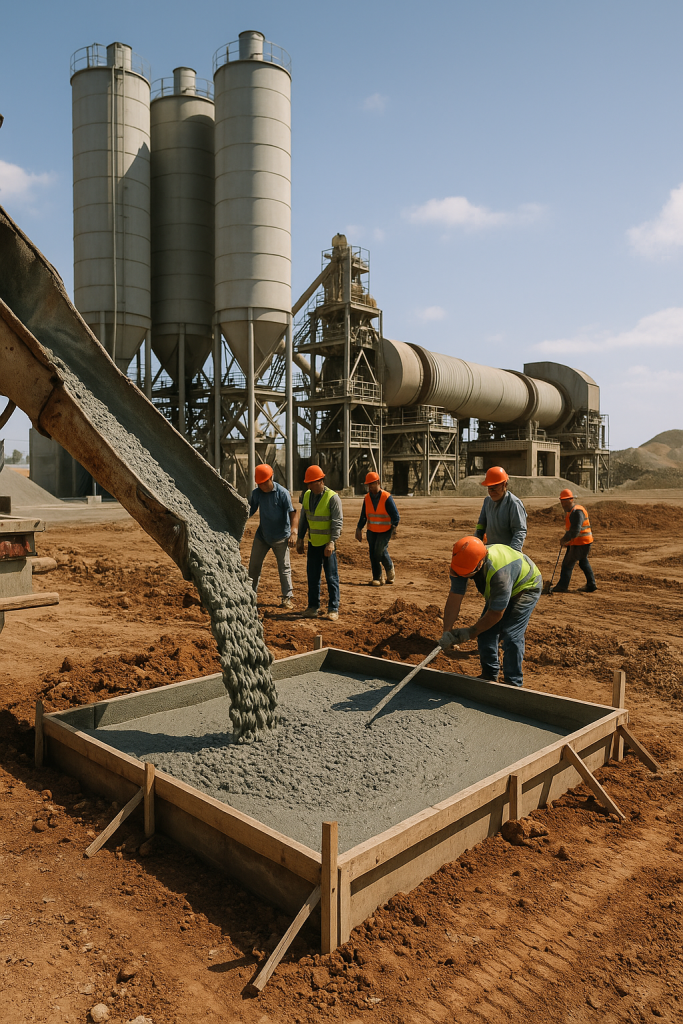
What is Cement?
Cement is a binding material that hardens when mixed with water. It’s the base of concrete, mortar, and grout. Most people think all cement is the same—but different cement types offer different strengths, resistances, and appearances.
Why Are There Different Cement Types?
Cement types vary because construction projects have different environmental conditions, strength requirements, and design needs.
For example:
- A bridge in a coastal area needs sulfate-resistant cement.
- A luxury villa interior may require white cement for its appearance.
- Mass concrete dams may benefit from slow-setting Type 4 (covered in future posts).
Each cement type is formulated to optimize strength, durability, and performance based on where and how it’s used.
How Cement Types Impact Your Project Cost
Choosing the wrong cement type may lead to:
- Cracks or early structural failure
- Higher maintenance costs
- Rework or client dissatisfaction
- Delays in export approvals due to local standards
When you match the right cement type to your project or market, you:
- Save money long-term
- Ensure compliance with building codes
- Increase resale or project value
This is especially true in international projects where different countries require specific cement certifications.
How to Verify Cement Quality Before You Buy
When sourcing cement (especially for import/export), always:
- Ask for a technical datasheet
- Check the manufacturing date
- Verify compliance certificates (ASTM, EN, ISIRI)
- Confirm packaging integrity for bagged orders
- Review clinker composition if buying in raw form
At Karbin Cement, we provide full documentation for each shipment, including lab test results, production details, and custom branding if needed.
1. Type 1 Portland Cement (Ordinary Portland Cement – OPC)
This is the most widely used cement in the world.
Best for: Residential buildings, roads, industrial sites
Why it matters: Fast-setting, durable, and cost-effective.
Keyword use: This cement type is essential in general-purpose construction.
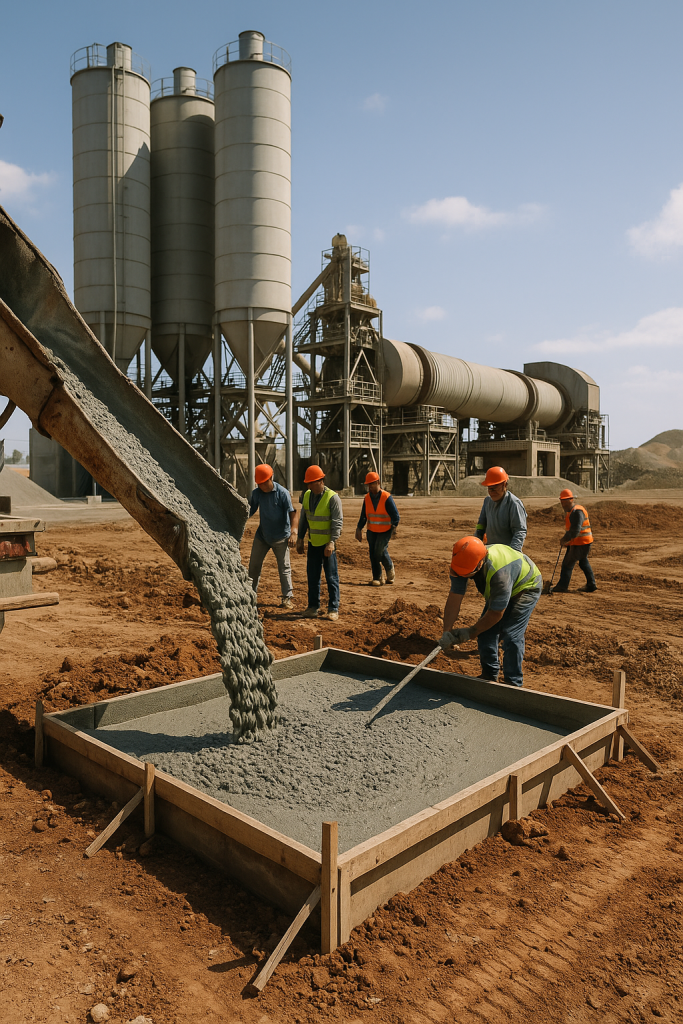
2. Type 2 Cement – Sulfate-Resistant Cement
Type 2 cement is engineered for chemical resistance.
Best for: Coastal construction, pipelines, wastewater systems
Why it matters: Resists moisture, sulfates, and saline water.
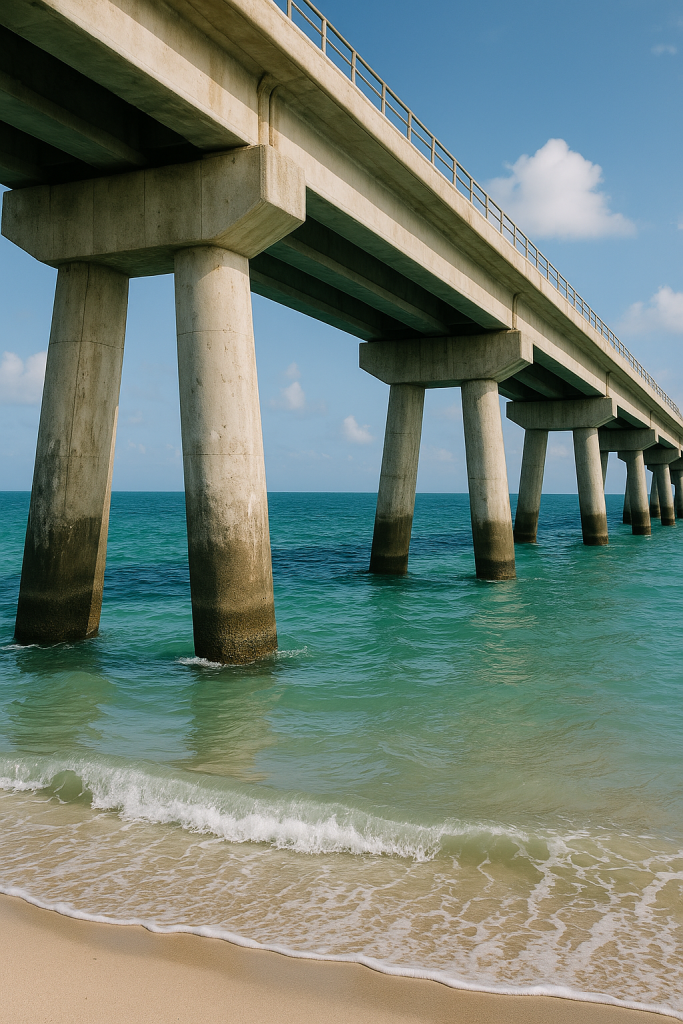
3. White Cement – For Decorative Concrete
This type of cement is popular in luxury projects.
Best for: Tiles, precast décor, landscaping, interior surfaces
Why it matters: High reflectivity, clean look, low iron content.
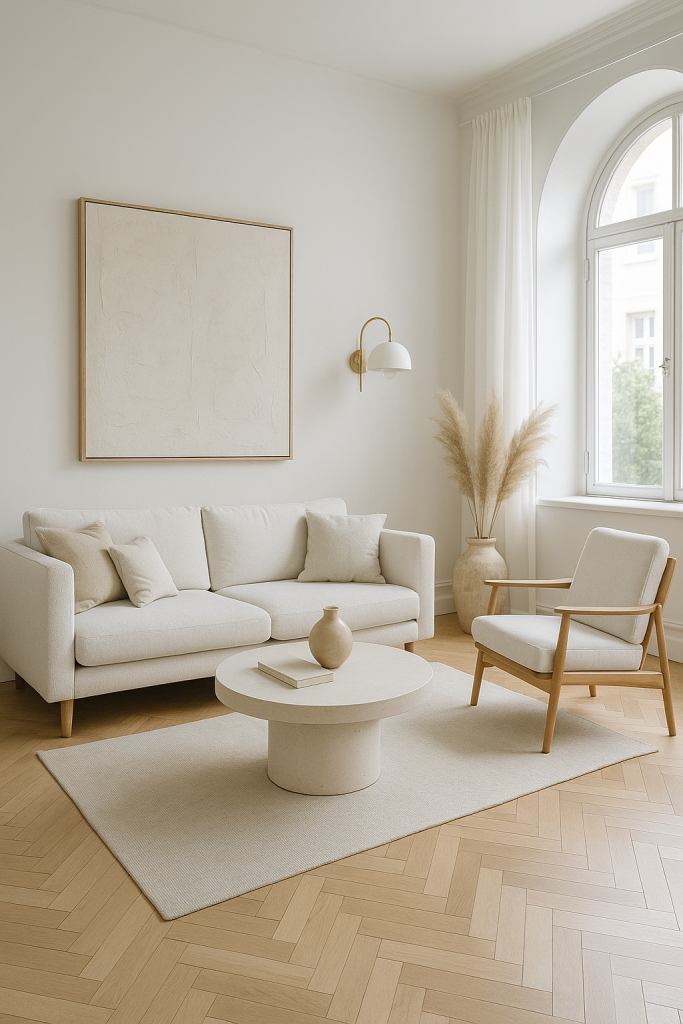
Clinker – The Bulk Export Material
Cement clinker is the raw material used before grinding cement.
Best for: Cement production in countries with local grinding mills
Why it matters: Ideal for export due to cost savings and efficiency.
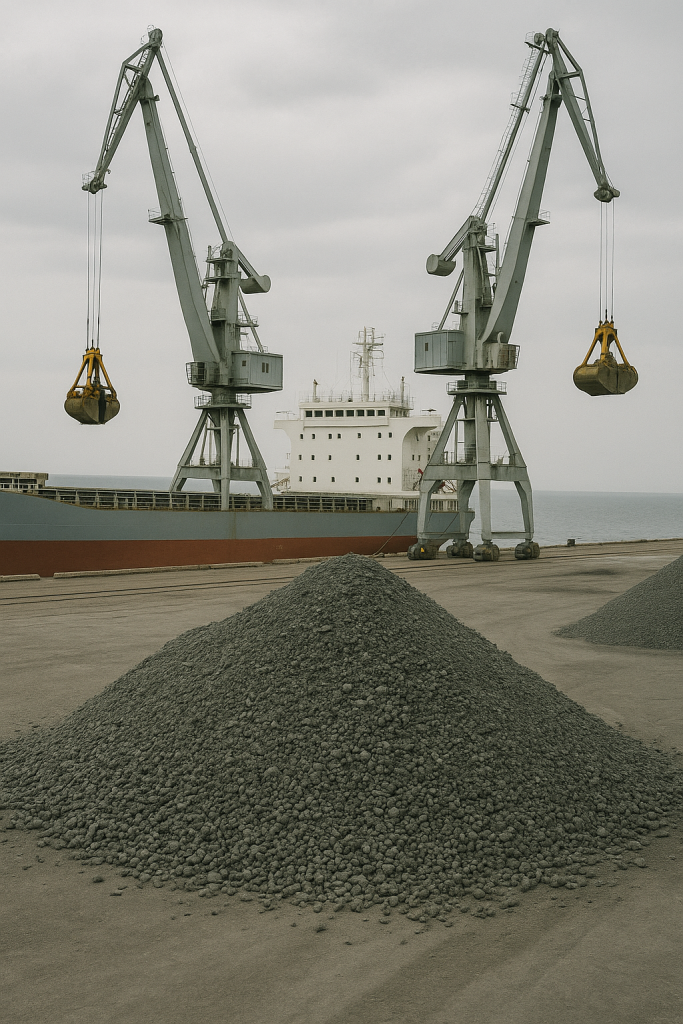
Bulk vs. Bagged Cement: What’s Best?
We offer both bulk shipments and 50kg cement bags, depending on destination and project needs. Bagged cement works well for retail, while bulk saves cost for major builds.
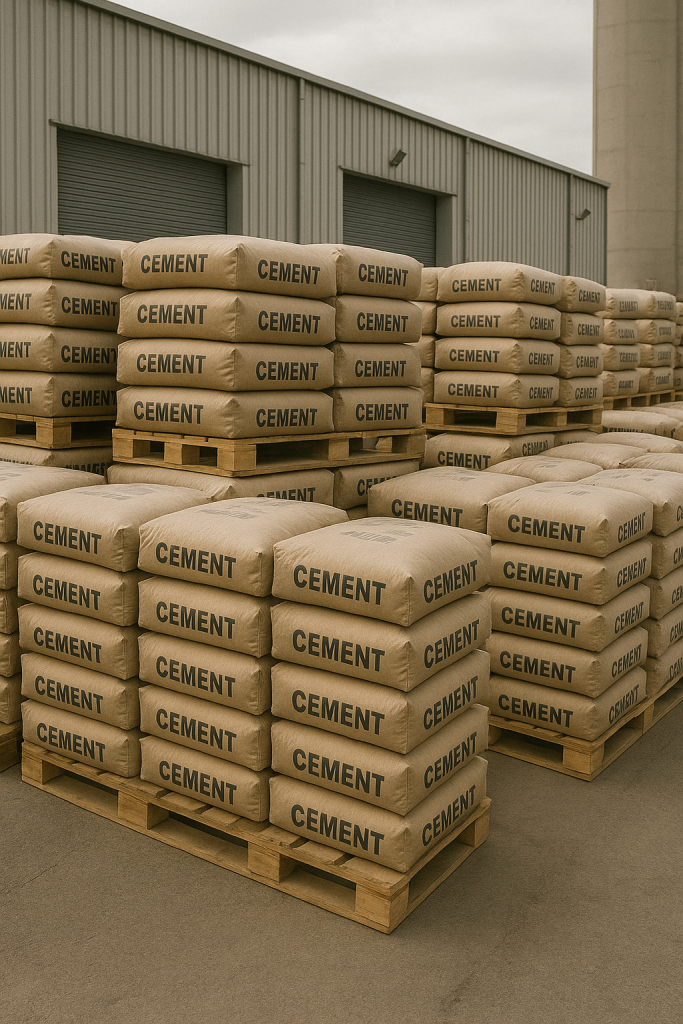
Why Chabahar Port Makes Export Faster
Karbin Cement exports directly from Chabahar Port, Iran’s only oceanic port. Located in the free zone, it’s perfect for clients in Oman, UAE, and Africa.
Trusted External Cement Standards
We manufacture according to:
Need Help Choosing the Right Cement Type?
We help contractors and importers select the best cement types for their exact use case — including marine-grade, aesthetic, and bulk materials.
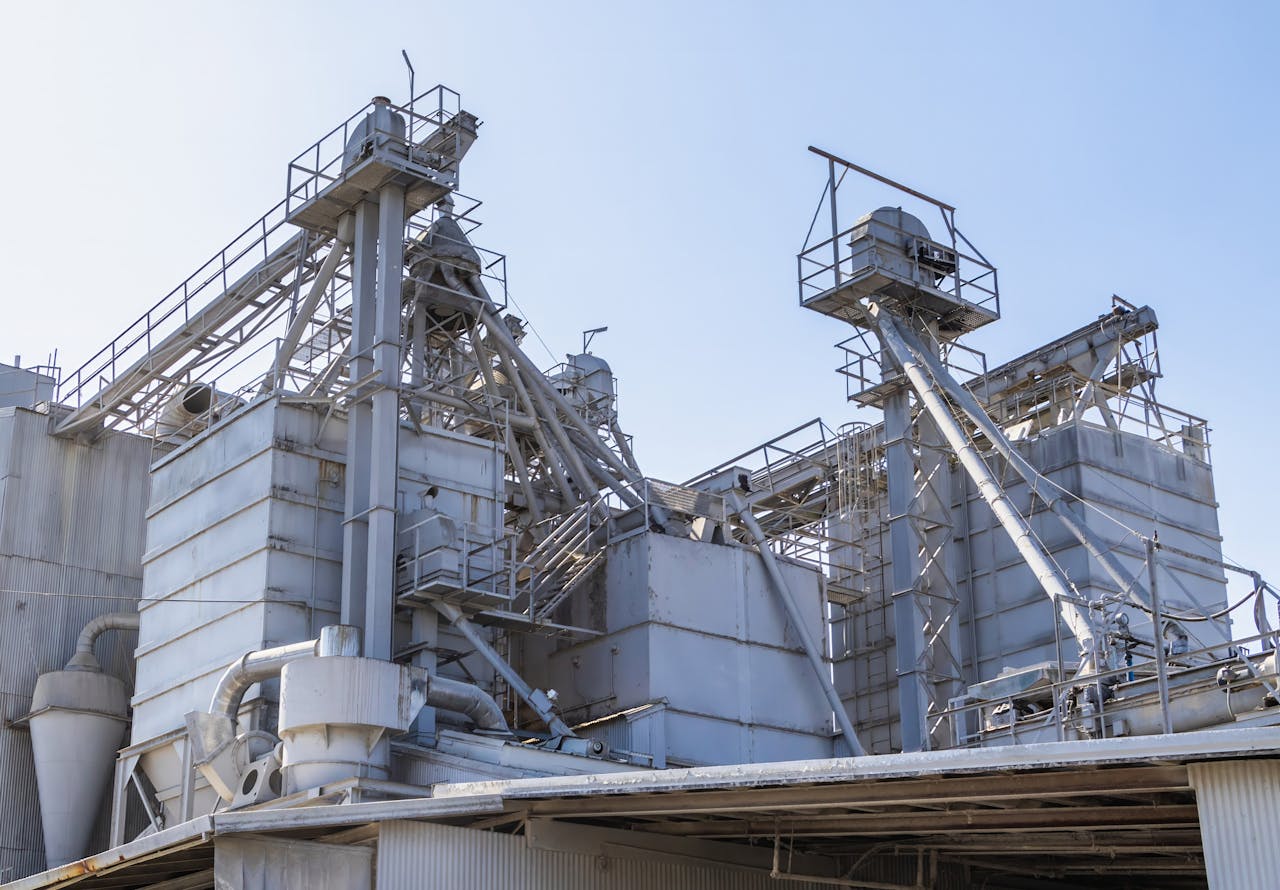
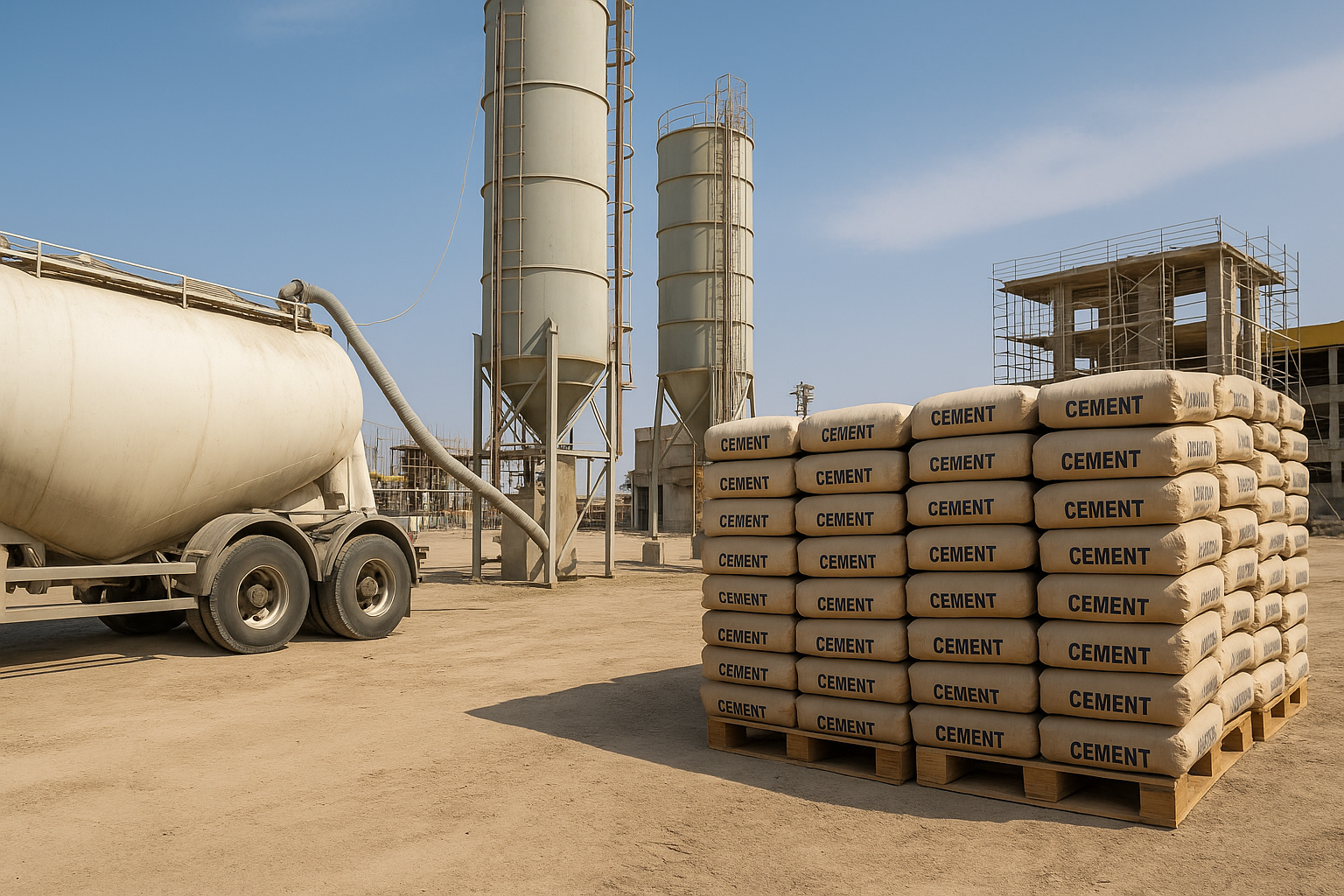
Pingback: White Cement vs Grey Cement: 7 Key Differences Every Builder Should Know - Karbincement